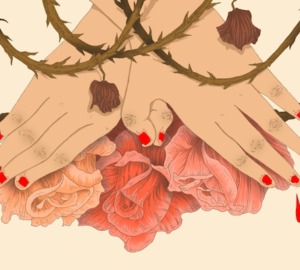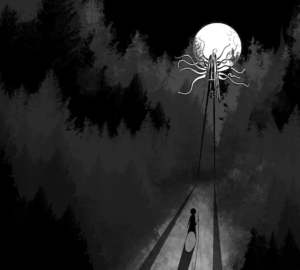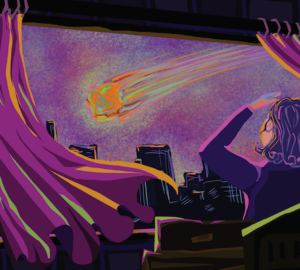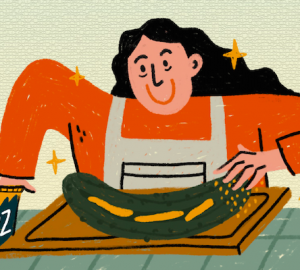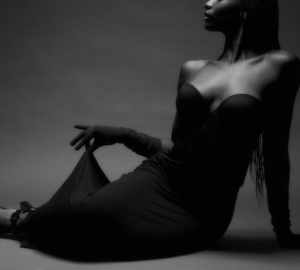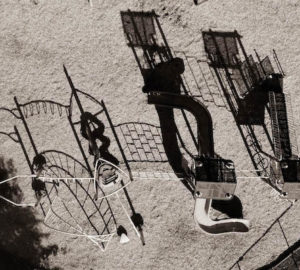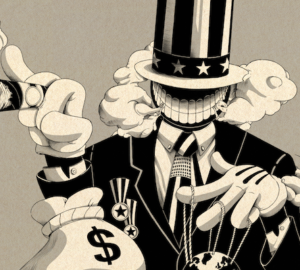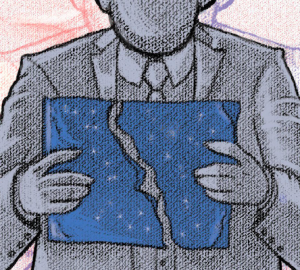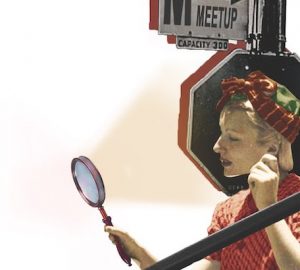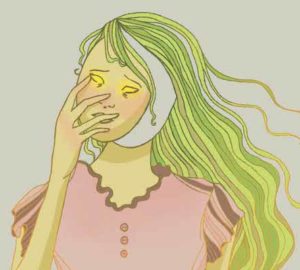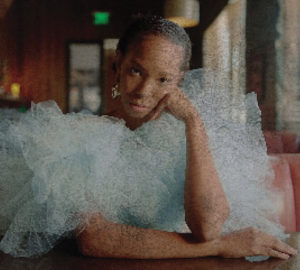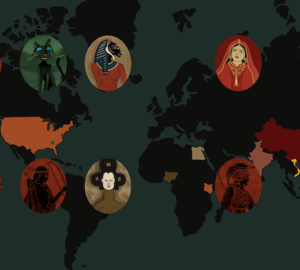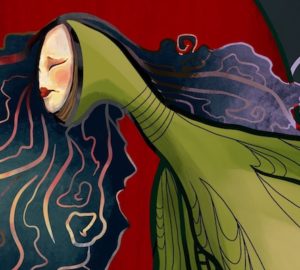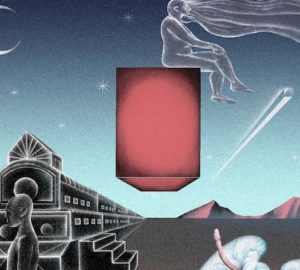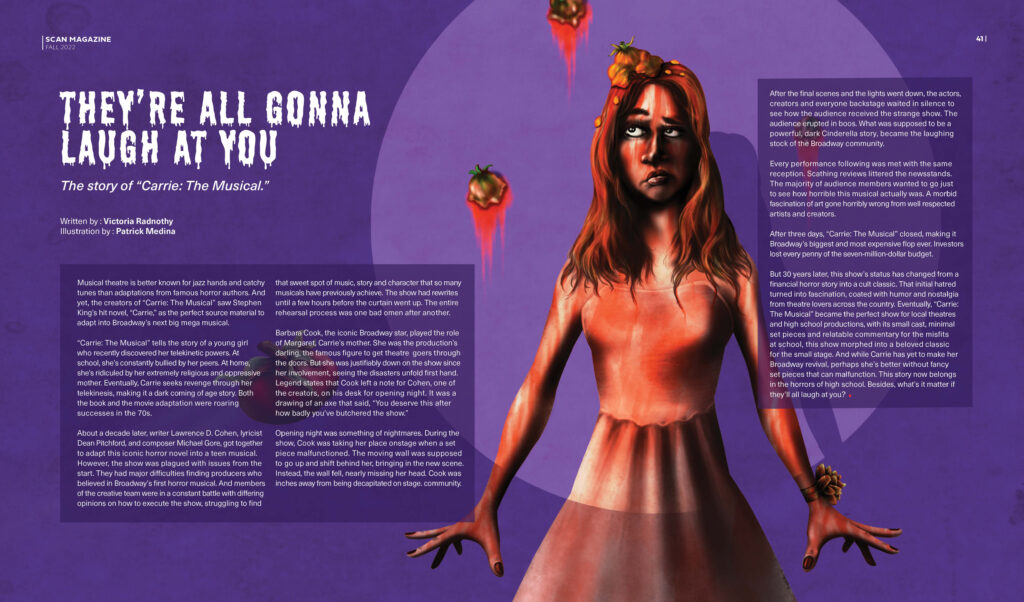By: Victoria Radnothy
Musical theatre is better known for jazz hands and catchy tunes than adaptations from famous horror authors. And yet, the creators of “Carrie: The Musical” saw Stephen King’s hit novel, “Carrie” as the perfect source material to adapt into Broadway’s next big mega musical.
“Carrie: The Musical” tells the story of a young girl who recently discovered her telekinetic powers. At school, she’s constantly bullied by her peers. At home, she’s ridiculed by her extremely religious and oppressive mother. Eventually, Carrie seeks revenge through her telekinesis, making it a dark coming of age story. Both the book and the movie adaptation were roaring successes in the 70s.
About a decade later, writer Lawrence D. Cohen, lyricist Dean Pitchford, and composer Michael Gore, got together to adapt this iconic horror novel into a teen musical. However, the show was plagued with issues from the start. They had major difficulties finding producers who believed in Broadway’s first horror musical. And members of the creative team were in a constant battle with differing opinions on how to execute the show, struggling to find that sweet spot of music, story and character that so many musicals have previously achieved. The show had rewrites until a few hours before the curtain went up. The entire rehearsal process was one bad omen after another.
Barbara Cook, the iconic Broadway star, played the role of Margaret, Carrie’s mother. She was the production’s darling, the famous figure to get theatre goers through the doors. But she was justifiably down on the show since her involvement, seeing the disasters unfold first hand. Legend states that Cook left a note for Cohen, one of the creators, on his desk for opening night. It was a drawing of an axe that said, “You deserve this after how badly you’ve butchered the show.”
Opening night was something of nightmares. During the show, Cook was taking her place onstage when a set piece malfunctioned. The moving wall was supposed to go up and shift behind her, bringing in the new scene. Instead, the wall fell, nearly missing her head. Cook was inches away from being decapitated on stage.
After the final scenes and the lights went down, the actors, creators and everyone backstage waited in silence to see how the audience received the strange show. The audience erupted in boos. What was supposed to be a powerful, dark Cinderella story, became the laughing stock of the Broadway community.
Every performance following was met with the same reception. Scathing reviews littered the newsstands. The majority of audience members wanted to go just to see how horrible this musical actually was. A morbid fascination of art gone horribly wrong from well respected artists and creators.
After three days, “Carrie: The Musical” closed, making it Broadway’s biggest and most expensive flop ever. Investors lost every penny of the seven-million-dollar budget.
But 30 years later, this show’s status has changed from a financial horror story, into a cult classic. That initial hatred turned into fascination, coated with humor and nostalgia from theatre lovers across the country. Eventually, “Carrie: The Musical” became the perfect show for local theatres and high school productions, with its small cast, minimal set pieces and relatable commentary for the misfits at school, this show morphed into a beloved classic for the small stage. And while Carrie has yet to make her Broadway revival, perhaps she’s better without fancy set pieces that can malfunction. This story now belongs in the horrors of high school. Besides, what’s it matter if they’ll all laugh at you?



